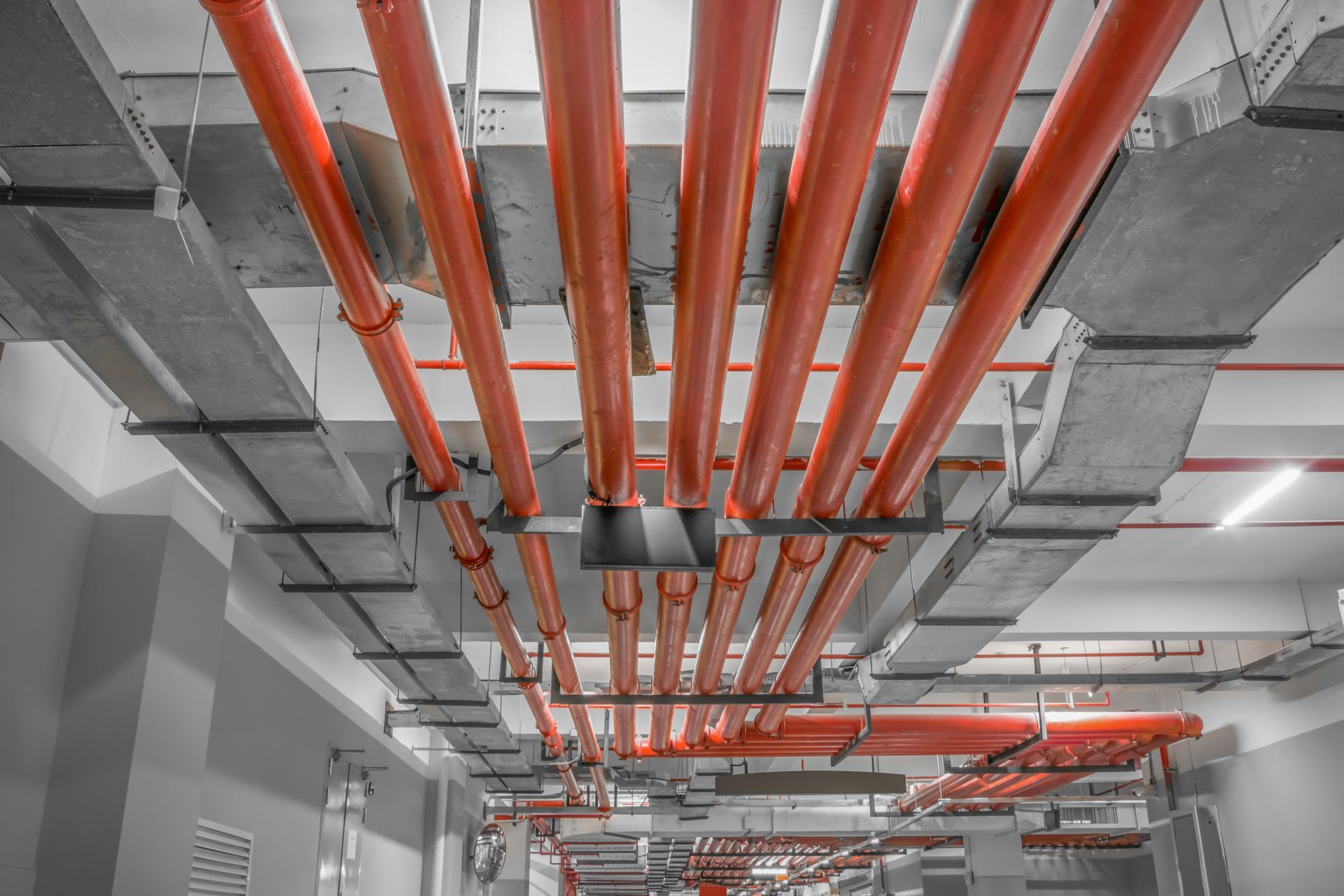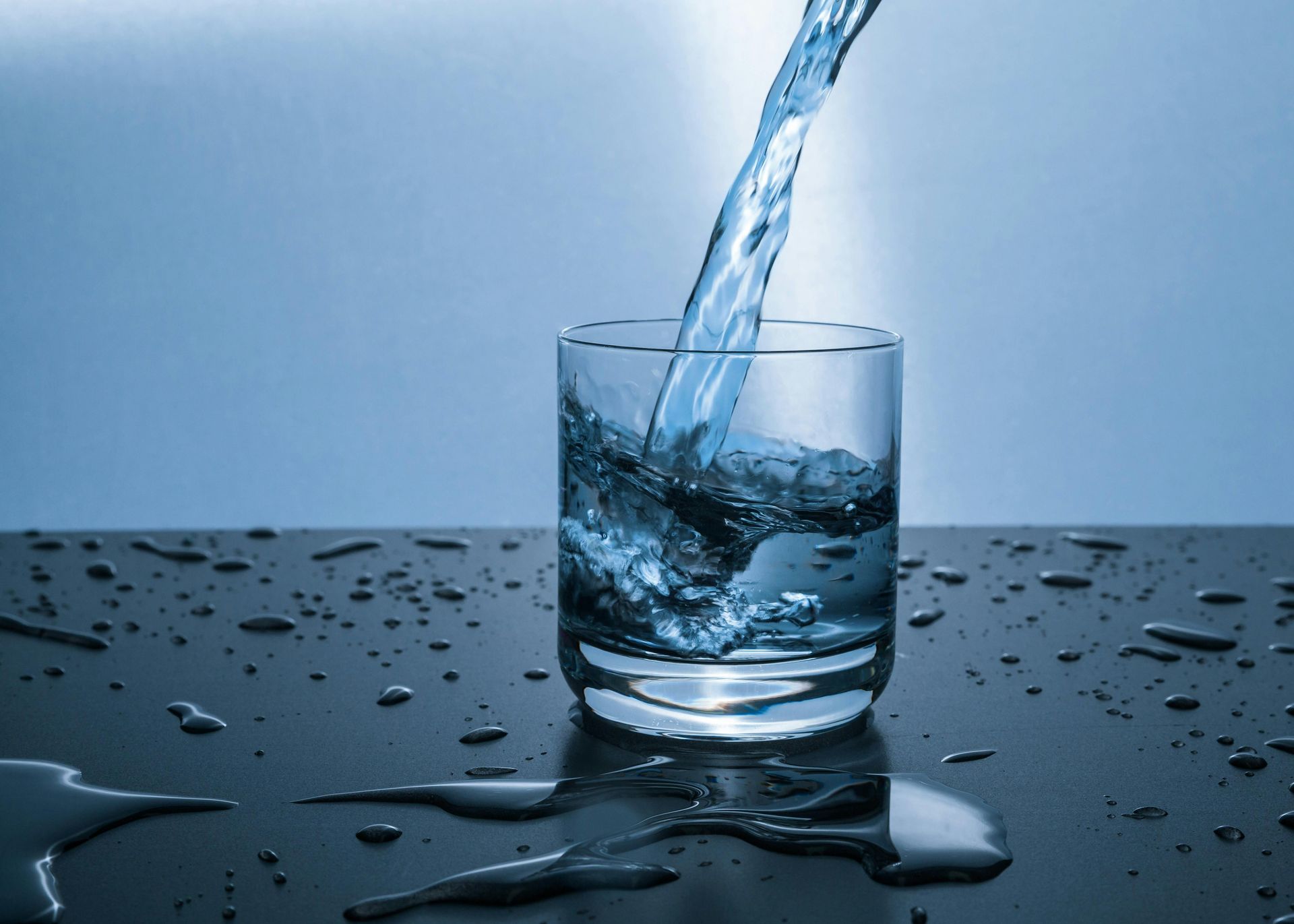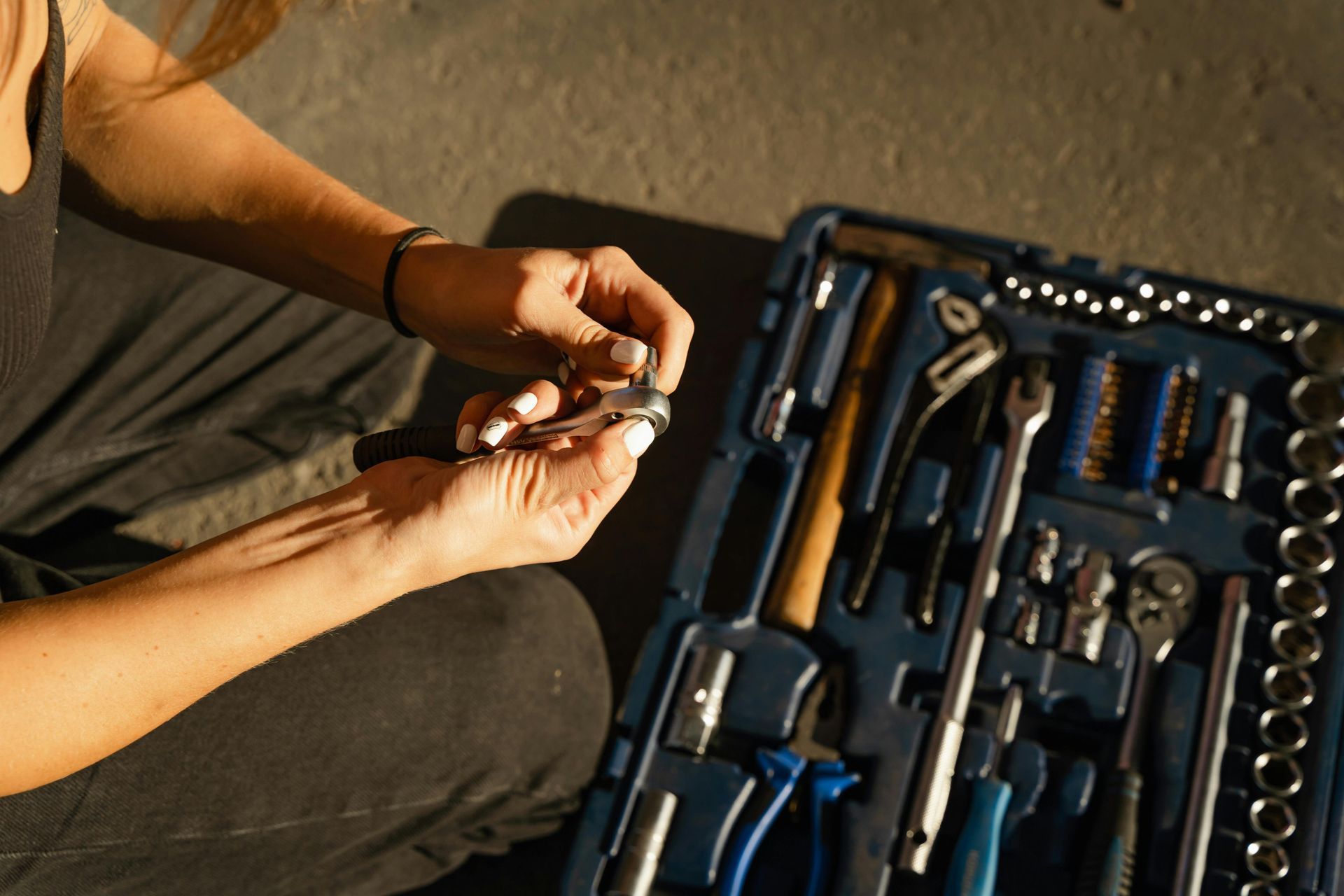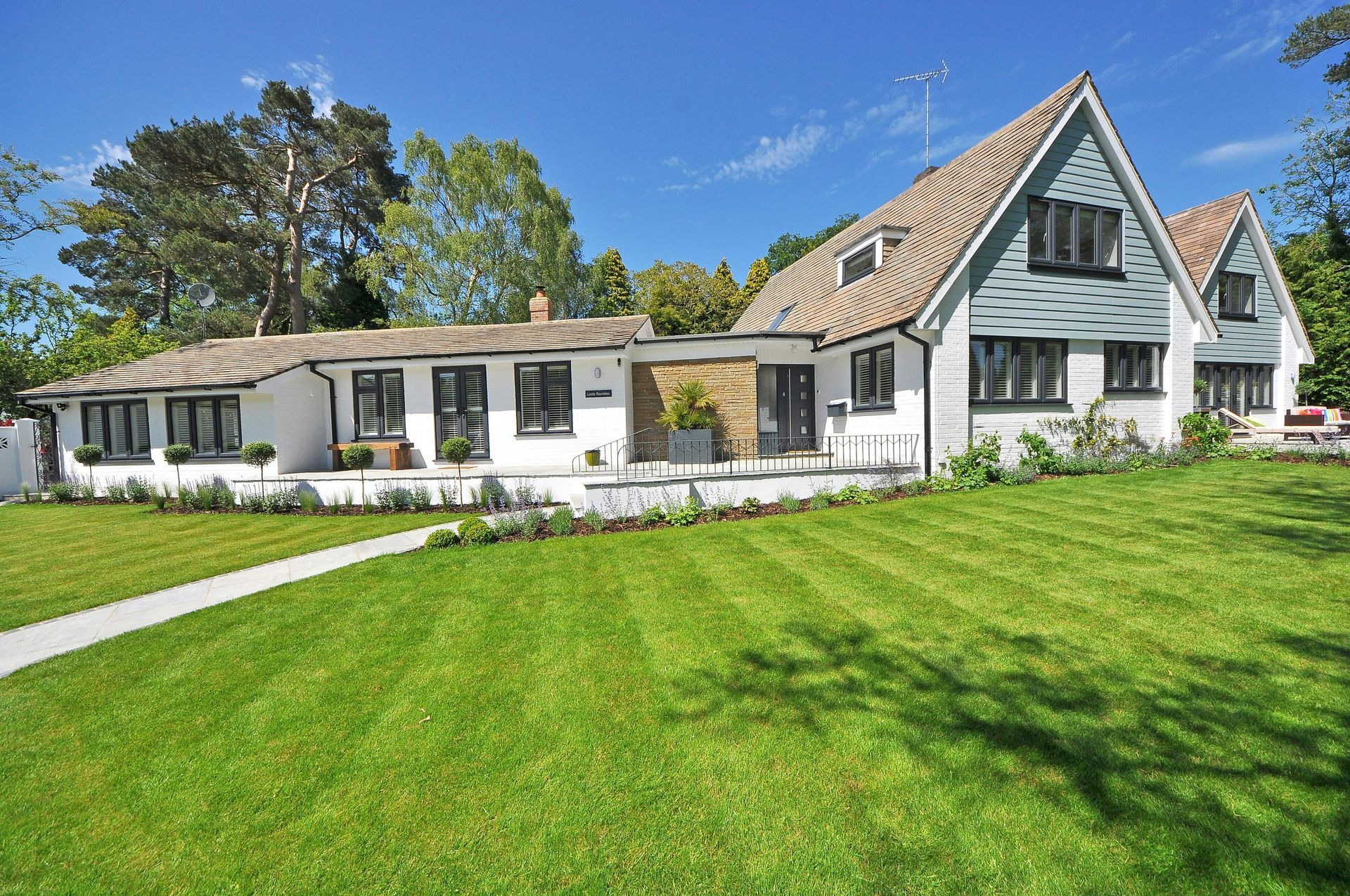Sewer Line Repair: What to Expect from the Process
Few things are as disruptive to daily life as a sewer line problem. The mere thought of sewage backups, foul odors, and costly repairs is enough to make any homeowner cringe. But when your sewer line starts acting up, there’s no way around it—you need to take action. The big question is, what should you expect from the sewer line repair process? Will it involve tearing up your yard, or are there less invasive solutions available? How long does it take? And most importantly, how much will it cost? In this guide, we’ll walk you through every stage of sewer line repair, from identifying the problem to ensuring it doesn’t happen again.
Pros and Cons of Sewer Line Repair Methods
Identifying the Problem: Signs You Need Sewer Line Repair
Before jumping into the repair process, it’s crucial to recognize the warning signs that something is wrong with your sewer line. Slow drains, recurring clogs, foul odors, sewage backups, and even unusually lush patches of grass in your yard can all indicate a sewer line issue. In some cases, pests like rodents or insects may become more prevalent around your property due to leaking sewage.
If you notice any of these signs, it’s time to call a professional plumber to assess the situation. They will typically use advanced diagnostic tools such as video camera inspections to pinpoint the exact problem within your sewer line.
Common Causes of Sewer Line Damage
Sewer lines are built to last, but they’re not indestructible. Here are some of the most common culprits behind sewer line damage:
Tree Root Intrusion: Roots from nearby trees can grow into your pipes, causing blockages and cracks.
Aging Pipes: Older pipes made from clay or cast iron corrode over time, leading to leaks and collapses.
Ground Shifts: Soil movement, earthquakes, or heavy construction near your home can cause pipes to crack or shift.
Clogs and Buildup: Grease, food waste, and non-flushable items can accumulate and block the sewer line.
Extreme Temperature Changes: Rapid freezing and thawing can weaken pipes, leading to cracks.
The Sewer Line Repair Process: Step by Step
Once the problem is identified, the actual repair process begins. Here’s what you can expect:
1. Inspection and Diagnosis
The first step is a thorough inspection, usually conducted using a high-tech sewer camera. This allows plumbers to see exactly what’s happening inside the pipe without having to dig up your yard. Based on the findings, they’ll recommend the best repair method.
2. Choosing the Right Repair Method
Depending on the extent of the damage, there are several repair methods available:
Traditional Sewer Line Repair (Trenching): This involves digging up the damaged section of the pipe and replacing it. While effective, it’s also the most invasive and time-consuming option.
Trenchless Pipe Lining (CIPP - Cured-In-Place Pipe): This method inserts a resin-coated liner into the existing pipe, which hardens to form a new, durable pipe inside the old one.
Pipe Bursting: A specialized tool is used to break apart the old pipe while simultaneously pulling a new one into place.
Each method has its pros and cons. Traditional repairs offer permanent fixes but involve major excavation, while trenchless methods are less disruptive but may not be suitable for all situations.
3. Permits and Preparations
Depending on where you live, your plumber may need to obtain permits before beginning the repair. This is especially true for major excavation work. They’ll also locate underground utilities to avoid damaging gas, water, or electrical lines.
4. Executing the Repair
Once everything is in place, the actual repair work begins. If trenching is required, expect heavy machinery and a lot of dirt. If a trenchless method is used, the process is quicker and requires only a few small access holes.
5. Testing and Cleanup
After the repair is complete, the plumber will test the sewer line to ensure it’s working properly. Water is flushed through the system, and another camera inspection may be done to verify that the problem is fully resolved. Once confirmed, the site is cleaned up, and any displaced landscaping or pavement is restored as much as possible.
Risks and Challenges of Sewer Line Repair
While sewer line repair is a necessary process, it’s not without risks. Here are a few challenges you may encounter:
Unexpected Costs: Sometimes, additional damage is discovered during the repair, leading to higher costs.
Disruptions to Daily Life: Depending on the repair method, you may have to deal with water shutoffs and limited access to parts of your property.
Weather Delays: Heavy rain or extreme temperatures can delay excavation work.
Incomplete Repairs: If the root cause of the problem isn’t fully addressed, you could face similar issues down the road.
Preventing Future Sewer Line Issues
No one wants to go through sewer line repairs more than once. Here’s how to minimize the risk of future problems:
Be Mindful of What You Flush: Avoid flushing grease, wipes, or other debris that can clog pipes.
Schedule Regular Inspections: A professional sewer camera inspection every couple of years can help catch problems early.
Manage Tree Roots: If you have trees near your sewer line, consider using root barriers or having the roots trimmed periodically.
Upgrade Aging Pipes: If your home has old clay or cast-iron pipes, consider replacing them before they fail.
Avoid Heavy Construction Near Pipes: If you’re planning landscaping or home renovations, ensure that underground pipes remain undisturbed.
Conclusion: Knowledge Is Power
Sewer line repair might not be the most exciting topic, but when you’re facing a major plumbing issue, knowing what to expect can make all the difference. Whether it’s a small crack or a full-blown collapse, addressing the problem early and choosing the right repair method can save you time, money, and stress. Now that you understand the process, you can approach sewer line repair with confidence, ensuring your home remains safe, clean, and functional for years to come.











